Young Adult Resources Today
Young Adult Resources Today
Connecting Teens with Books, Music, Games, Movies, and More
Don Latham
Melissa Gross
ROWMAN & LITTLEFIELD
Lanham Boulder New York Toronto Plymouth, UK
Published by Rowman & Littlefield
4501 Forbes Boulevard, Suite 200, Lanham, Maryland 20706
www.rowman.com
10 Thornbury Road, Plymouth PL6 7PP, United Kingdom
Copyright 2014 by Rowman & Littlefield
All rights reserved. No part of this book may be reproduced in any form or by any electronic or mechanical means, including information storage and retrieval systems, without written permission from the publisher, except by a reviewer who may quote passages in a review.
British Library Cataloguing in Publication Information Available
Library of Congress Cataloging-in-Publication Data
Latham, Don, 1959
Young adult resources today : connecting teens with books, music, games, movies, and more / Don Latham, Melissa Gross.
pages cm
Includes bibliographical references and index.
ISBN 978-0-8108-9311-5 (cloth : alk. paper)ISBN 978-0-8108-8799-2 (ebook)
1. Young adults librariesActivity programs. 2. Young adultsBooks and reading. 3. LibrariesSpecial collectionsYoung adult literature. 4. Mass media and youthActivity programs 5. Libraries and teenagersActivity programs I. Gross, Melissa. II. Title.
Z718.5.L37 2014
027.62'6dc23
2014003037
 TM The paper used in this publication meets the minimum requirements of American National Standard for Information Sciences Permanence of Paper for Printed Library Materials, ANSI/NISO Z39.48-1992.
TM The paper used in this publication meets the minimum requirements of American National Standard for Information Sciences Permanence of Paper for Printed Library Materials, ANSI/NISO Z39.48-1992.
Printed in the United States of America
Spotlights!
Young Adult Advisory Boards | |
Book Discussion Groups | |
Gaming in the Library | |
Internet Safety | |
Booktalks | |
Readers Advisory | |
Reference Services | |
Poetry Slams/Open-Mic Events | |
Writing Workshops | |
Comics Workshops | |
Author Visits | |
Conducting a Needs Assessment | |
Acknowledgments
We would like to thank a number of people without whose guidance and support this book would not have been possible. Our editor Charles Harmon has provided a firm guiding hand, thoughtful advice, and encouragement throughout the process. Several doctoral students assisted with research and offered helpful insights: Ji Hei Kang (nonfiction), Robert Stephens (poetry), and Jonathan Hollister (graphic novels, manga, and manhwa).
Our many students over the years, especially those in Information Needs of Young Adults, have inspired us and taught us much about young adults and their information needs and interests.
Finally, we would like to express our deepest thanks to Scott and Josh, who through their continual love and support help us to be serious about our work without taking ourselves too seriously.
Preface
This book was born from our love of young adult resources and our passionate belief that connecting young adults with these resources can make an important difference in their lives. Through our experiences teaching courses on young adults and young adult resources, we discovered that textbooks in this area tend to focus on young adult literature, library services for young adults, or the information behavior of young adults. We wanted a book that would examine young adult resources and services through the lens of young adult development and information behavior. The purpose of this book, then, is to offer just such an approach, integrating research, theory, and practice related to understanding and promoting young adult resources.
The primary audience for this book consists of library and information studies instructors and their students in young adult courses, but we feel that practicing youth services librarians in public libraries and school librarians in secondary schools will find the book useful as well. Other possible audiences include library administrators, secondary school teachers, and faculty and students in schools of education.
We have attempted to provide a broad overview of the range of resources available to young adults, from fiction and nonfiction to poetry and lyrics, from graphic novels and movies to games and social media tools. In discussing young adult literature, we have employed a genre framework. Certainly, there are numerous ways of thinking about literature, but a genre framework seems especially useful, as it provides librarians with an understanding of the wide range of the literature types available for meeting young adults informational and recreational needs. Such an understanding is important when a librarian is engaging in collection development, readers advisory, or program development. In addition, we have tried to complement our definitions of resource types with specific examples of each and tried to balance classic titles with more contemporary ones. That said, we freely acknowledge that the examples included here represent our favorites, and we hope that instructors and students will add their favorites to their resource toolkits.
Young Adult Resources Today: Connecting Teens with Books, Music, Games, Movies, and More is divided into nine chapters. Chapter 1 serves as the introduction and includes brief histories of young adult resources and young adult services. Chapter 2 discusses young adult development, focusing on the socially constructed nature of young adulthood, the process of moving from childhood to adulthood, and the psychological aspects of young adult development. Chapter 3 introduces models and research related to the information behavior of young adults, as well as the importance of multiple literacies for young adults. Chapter 4 focuses on young adults technology use and examines social media, gaming, and privacy, identity, and safety issues. Chapter 5 looks at fiction and fan fiction. The chapter presents an overview of the various genres popular with young adults, including fiction that they create themselves. Chapter 6 discusses nonfiction and the different types of nonfiction read by young adults, while chapter 7 looks at poetry, music, and lyrics. Chapter 8 considers special forms and formats, including graphic novels, picture books for young adults, movies, and magazines and zines. Chapter 9, the final chapter, brings it all together with a discussion of formal and informal learning environments, issues related to information and technology access, planning and evaluating services for young adults, and collaborating with other information professionals to better serve young adults.
Each chapter has a bulleted list of main topics at the beginning, a brief summary toward the end, a list of implications for practice, and some questions to think about and discuss. In addition, chapters 2 through 9 include Spotlight! sections that highlight and discuss a particular kind of service or activity for young adults. Finally, appendixes are included that provide a list of young adult book awards, a bibliography of recommended young adult books, and a bibliography of professional resources for working with young adults. Of course, no book, this one included, should be considered as the last word on the topic but rather as a conversation starter intended to open up a world of exciting possibilities for research, theory, and practice related to understanding and promoting young adult resources.
Next page
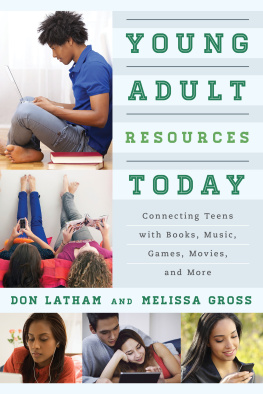

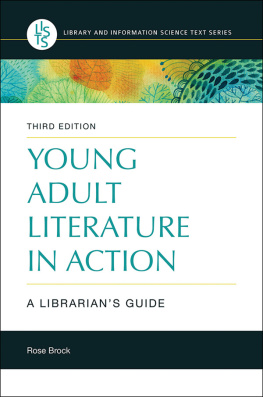
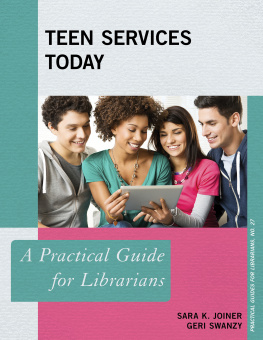


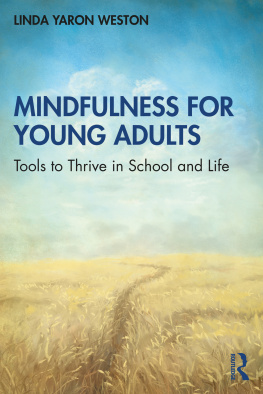
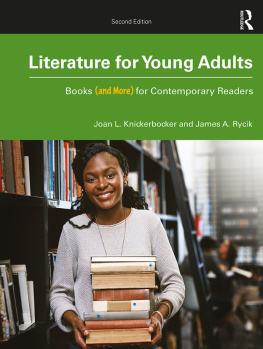
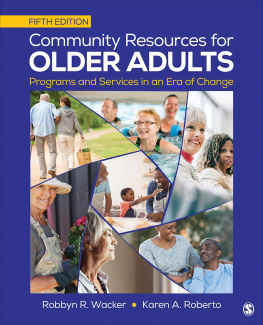
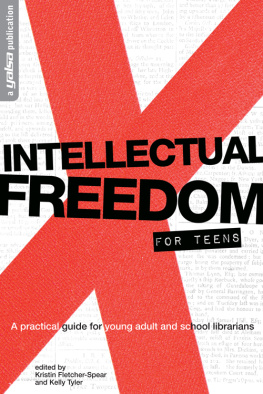
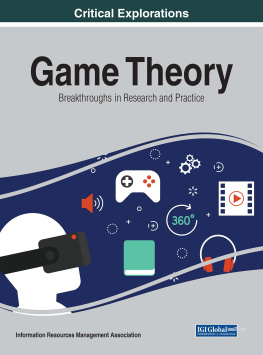
 TM The paper used in this publication meets the minimum requirements of American National Standard for Information Sciences Permanence of Paper for Printed Library Materials, ANSI/NISO Z39.48-1992.
TM The paper used in this publication meets the minimum requirements of American National Standard for Information Sciences Permanence of Paper for Printed Library Materials, ANSI/NISO Z39.48-1992.